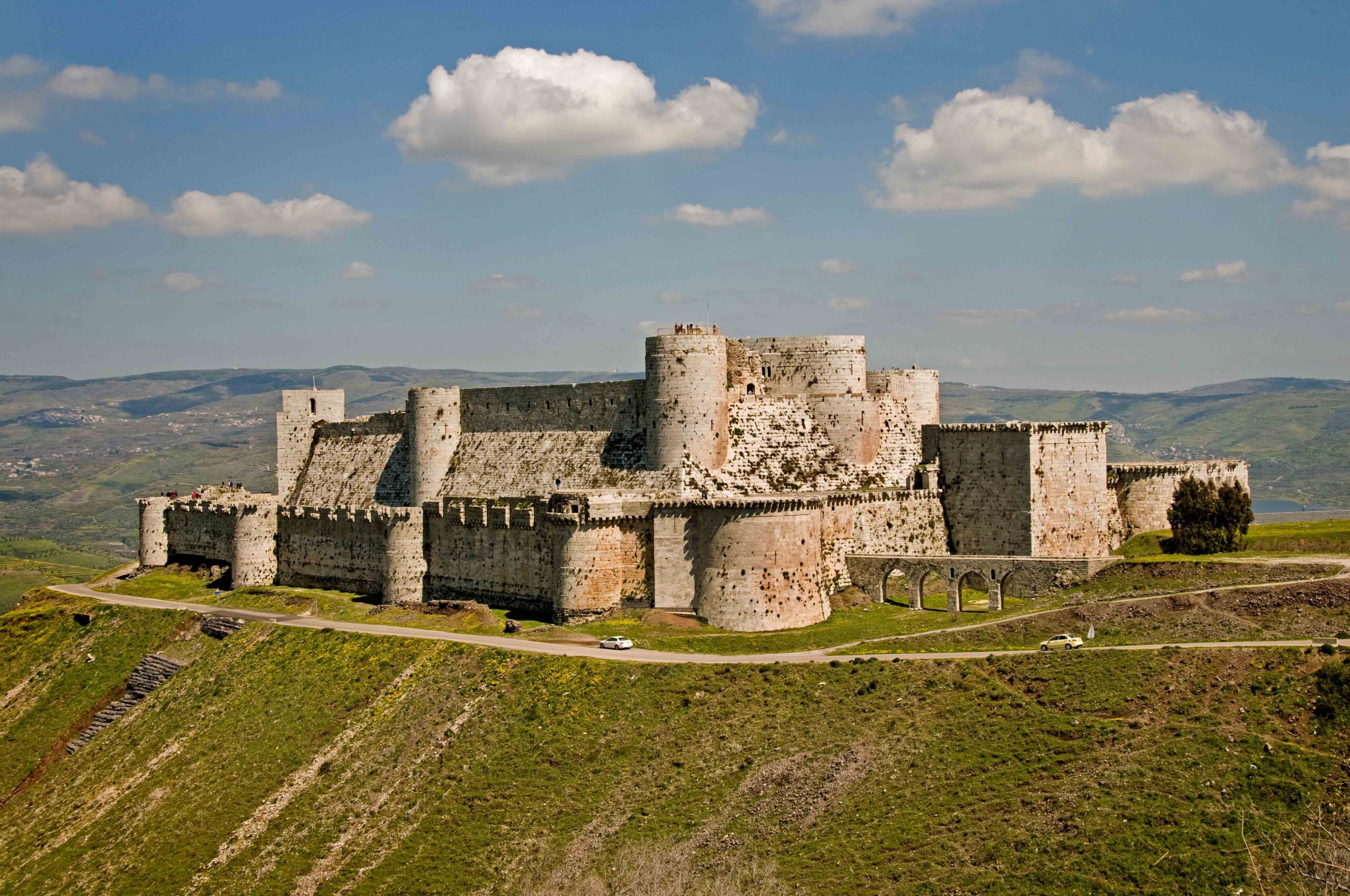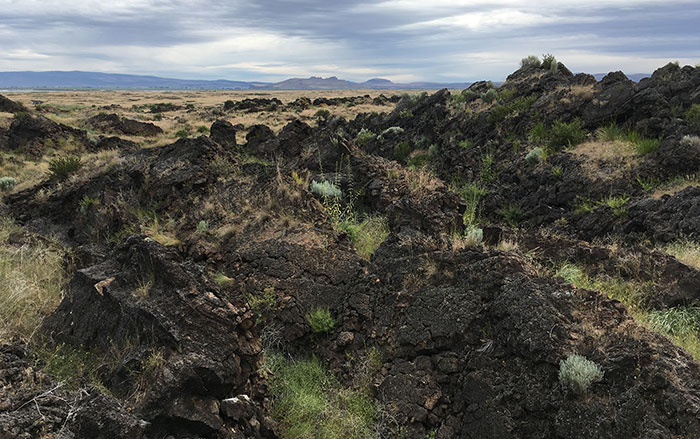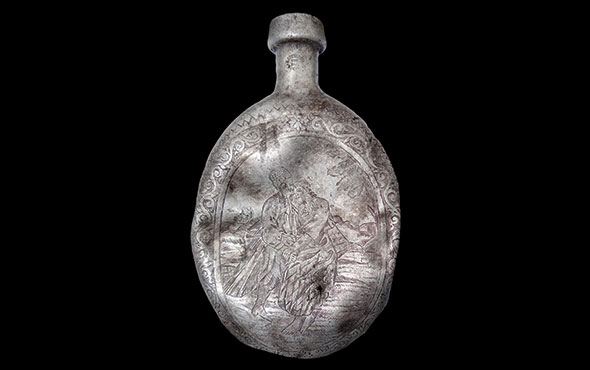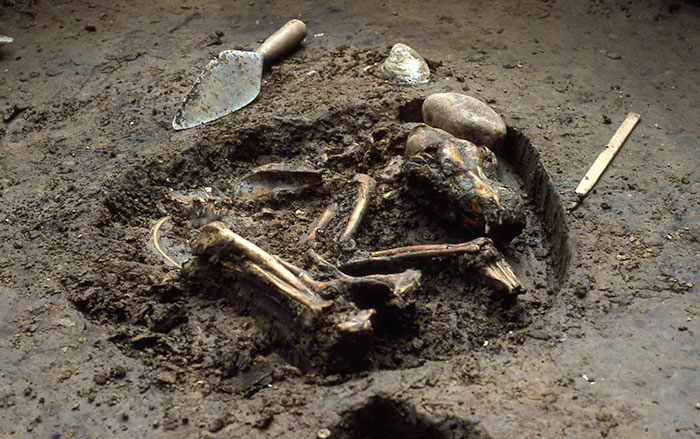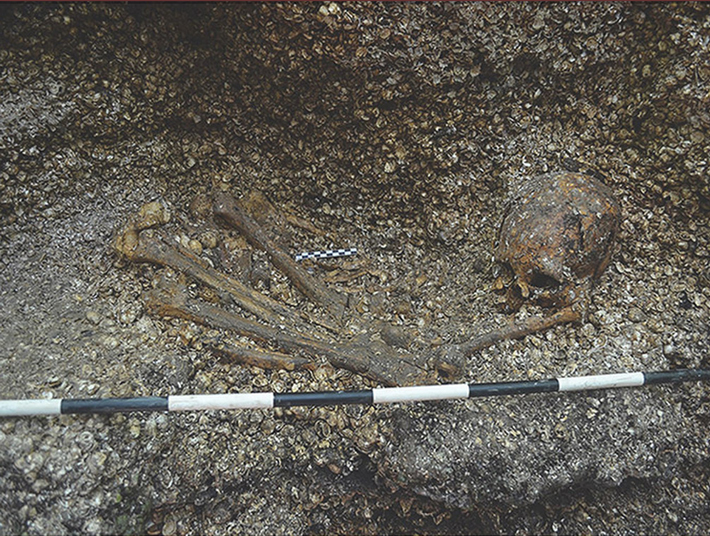
WINNIPEG, CANADA—Live Science reports that 5,900-year-old remains of a woman have been uncovered near Nicaragua’s Caribbean coastline by a team of researchers led by Mirjana Roksandic of the University of Winnipeg. Ancient human remains are rarely preserved in the area's tropical climate, but Roksandic said the woman was buried in a shallow, oval-shaped pit in a shell mound, which reduced the acidity of the soil and helped preserve her bones. Her body was placed on its back with legs flexed toward the stomach and arms resting along its sides. Analysis of her skeletal remains suggests the woman stood just under five feet tall and was between 25 and 40 years old at the time of death. Roksandic also noted the woman had very well-developed forearms, perhaps from long hours rowing a boat along the coast. Her teeth also show signs of wear that may have been caused by eating shellfish. To read about another site in Central America, go to “Off the Grid: El Pilar, Belize.”







